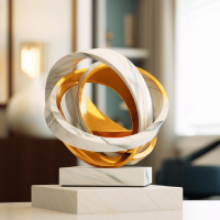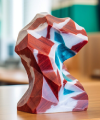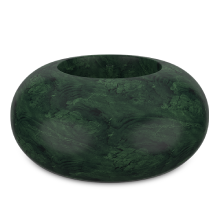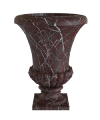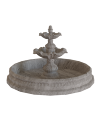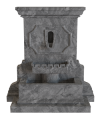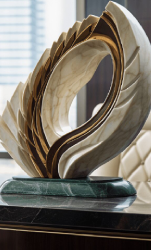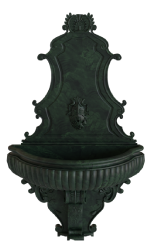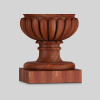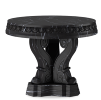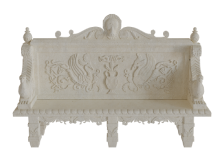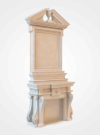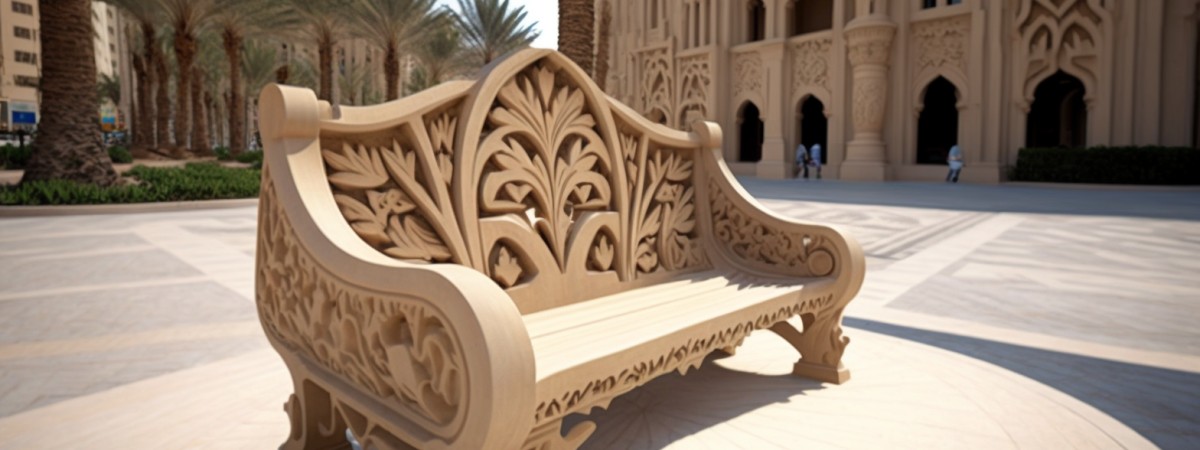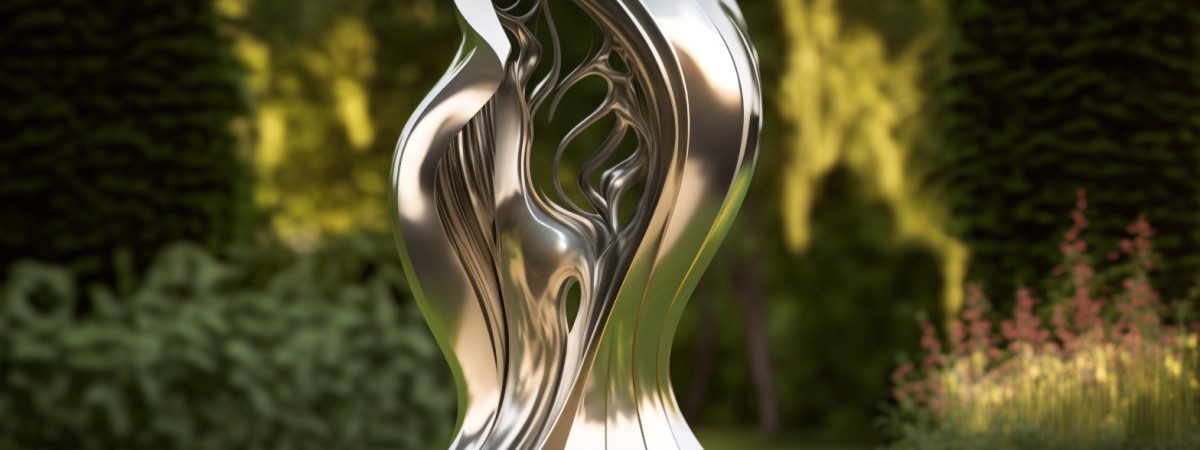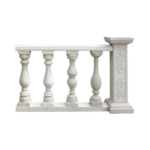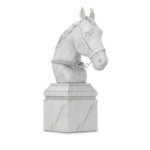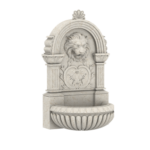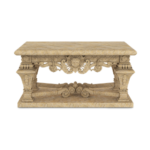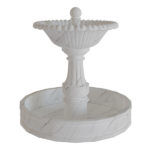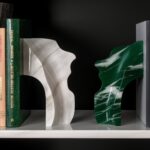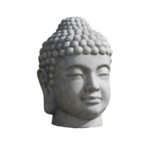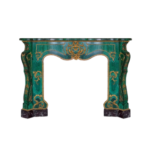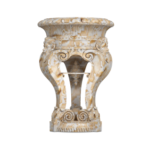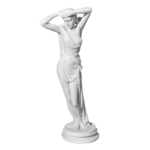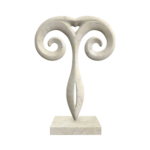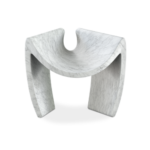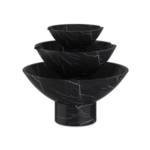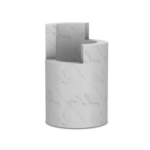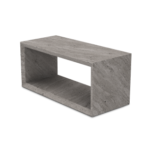May 12, 2021 Author: Admin
6 underrated Greek Marble Sculptures You Should Know
We’ve all heard a lot about how much of an influence Greek art and sculpture have left on the evolution of art. They are legendary for many reasons; story-telling, esteemed philosophers and their love for beauty in general.
Many of the Greek art styles have been produced and copied for the modern day audiences.
Artists like Michelangelo, Donatello, Myron and more have produced great artworks!
But that’s all of the sculptures we know about. Don’t get us wrong, these famous sculptures are timeless and we appreciate them.
However, here are a few underrated Greek sculptures you should know about!
1. Moscophoros
First on our list is Moscophoros, which means “the calf bearer.” This is a typical Archaic sculpture which seems to be static, naked with a smiling face.
According to an inscription on its base, this statue was sculpted as an offering to the goddess Athena by a certain Rhonbos.
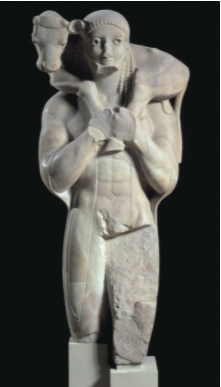
The main idea behind the statue is connection between a man and animal. The crossed legs of the calf with the arms of the calf-bearer portrays a sense of unity between them.
The beard symbolizes adulthood, and the man’s face gives the impression of a positive person.
2. Kritios Boy (Ephebos Boy)
The Marble Kritios Boy belongs to the Early Classical Period of Ancient Greek Sculpture. It seems to move away from the rigid and stiff pose of the Archaic style, and presents a more relaxed and naturalistic pose known as contrapposto.
Contrapposto is an Italian term that means “counterpoise.” This is used in visual arts to describe a human figure standing with most of its weight on one foot.

Acropolis Museum, Athens, Greece
A lesser-known fact is that this statue is considered as the precursor to the later sculptures of athletes.
With the Kritios most Greek Artists established a complete understanding of how different body parts act as a system.
3. The Fallen Warrior of the Temple at Aphaia
Dedicated to the Goddess of Aphaia, the Fallen Warrior is an extremely bold Greek sculpture from the Hellenistic period.
Here, the Trojan warrior has been badly injured but is refusing to surrender. The statue is delicately carved, his injuries, facial expression and the posture depicts great craftsmanship.

According to the Greeks, to die in a battleground was of great honour, and so, The Fallen Warrior is highly regarded.
4. The Charioteer of Delphi
The Charioteer of Delphi is among the best known statues surviving from Ancient Greece.
It is considered one of the finest examples of ancient bronze sculptures.

The sculpture depicts the driver of the chariot race presenting his chariot and horses to the spectators in recognition of his victory.
It portrays glory and highlights the eternal athletic and moral stature, with humility.
5. Zeus at Olympia
The statue of Zeus at Olympia, is among the seven wonders of the world! It was crafted to honour the greatest Greek God and the father of Olympic Games, Zeus.
Here Lord Zeus is seen sitting on his throne, and the robe and ornaments he wears is made up of gold. Fancy!
On his right hand was the statue of Greek Goddess Nike, and on the left was a sceptre on which an eagle was perched. Majestic, isn’t it? Wait till you can see it!

This statue took eight whole years to construct, it was noted for being divine.
However, today all that remains is its ruins because it was destroyed in Constantinople.
6. Hermes of Praxiteles
Last on our list is Hermes of Praxiteles, another ancient Greek sculpture was one of the most pleasing creations.
Here, Hermes (the youthful messenger God) is seen carrying infant Dionysus (the God of wine, revelry and theatre), to the nymphs who ended up raising Dinosys!

This statue depicts Greek Gods as human, and not wrathful and distant like how most people think of them to be. Dinosys here appears to be a human baby with chubby hands and a round head, which makes it seem natural, just like another new-born child.
That’s all the sculpture talk we have from our end, folks.
If you can’t tell already, we are in awe of these sculptures. The art of sculpting is something to adore. And the Greeks made it possible to fancy it even today!
If you’re looking to custom-make sculptures for yourself or your property. Give us a ring, we can help! Or just go head to marblising to look at the list of all products that are available just for you!
